A modern creative needs a home office that sparks inspiration while staying functional. The right mix of furniture, lighting, and personal touches can turn any space into a productive and comfortable environment. A well-designed home office blends style with practicality to help creativity flow and work get done.
Smart storage helps keep clutter away, and thoughtful lighting sets the mood for focused work. Adding art or plants can make the space feel alive and inviting without overwhelming it. This balance is key for anyone who spends hours working at home.
Creating a space that reflects personal taste while supporting daily tasks can boost motivation. With simple design ideas, a home office can become a favorite room, not just a work spot.
Essentials of Home Office Design
A good home office depends on three main things: a well-chosen location, furniture that supports comfort and health, and lighting that helps focus. Each plays a key role in creating a space where creativity and work flow smoothly.
Choosing the Right Workspace Location
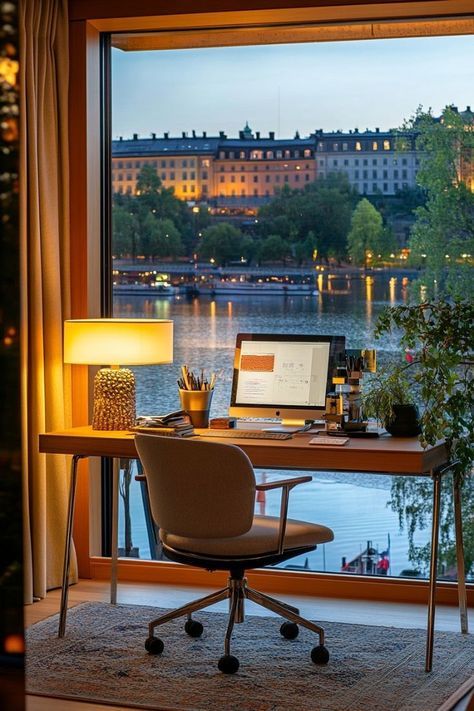
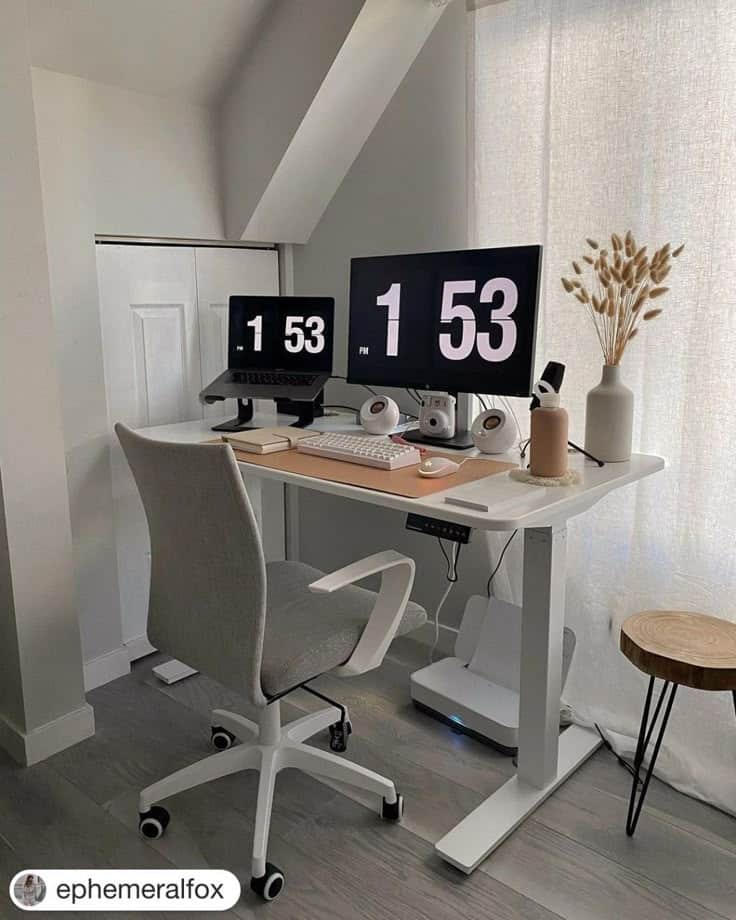
Picking the right spot in the home is vital for focus and energy. It should be a quiet area with few distractions. Near a window is a plus because natural light and fresh air can boost alertness.
The space must also suit the kind of work done. Someone who makes calls needs a location with good sound privacy. A person doing creative work might want a view or space to spread out tools and materials.
It’s best if the workspace is separate from places associated with rest or leisure. That helps the brain switch into work mode. Where possible, having access to outlets and good internet connection avoids interruptions.
Ergonomic Furniture Selection
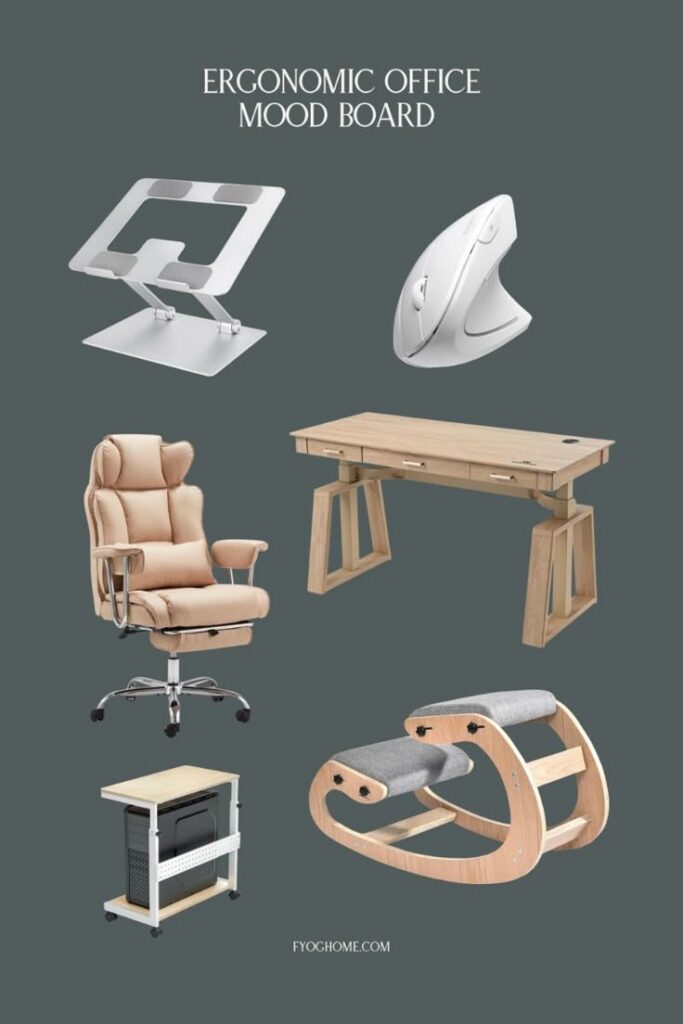
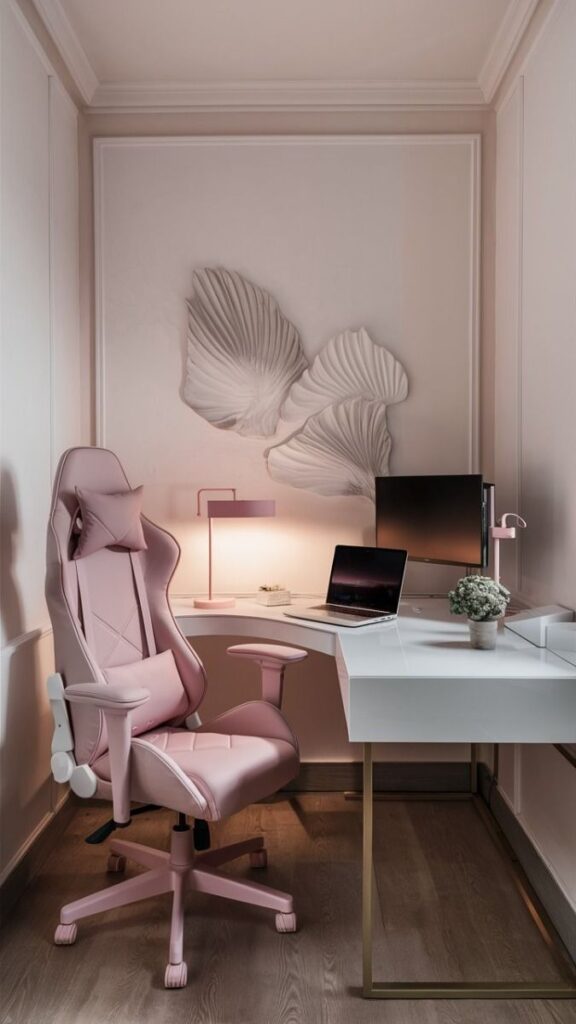
Furniture that supports the body prevents pain and improves productivity. A chair with adjustable height and good lumbar support is important. It helps keep the spine in a neutral position during long hours.
The desk height should allow the wrists and elbows to rest comfortably while typing or writing. Using a keyboard tray can keep hands at the right level. Footrests help if feet don’t rest flat on the floor.
Choosing furniture with clean lines and simple design fits a modern style and avoids clutter. Easy-to-clean surfaces also save time. Comfort doesn’t mean heavy or bulky; lightweight and mobile pieces add flexibility.
Lighting Solutions for Productivity
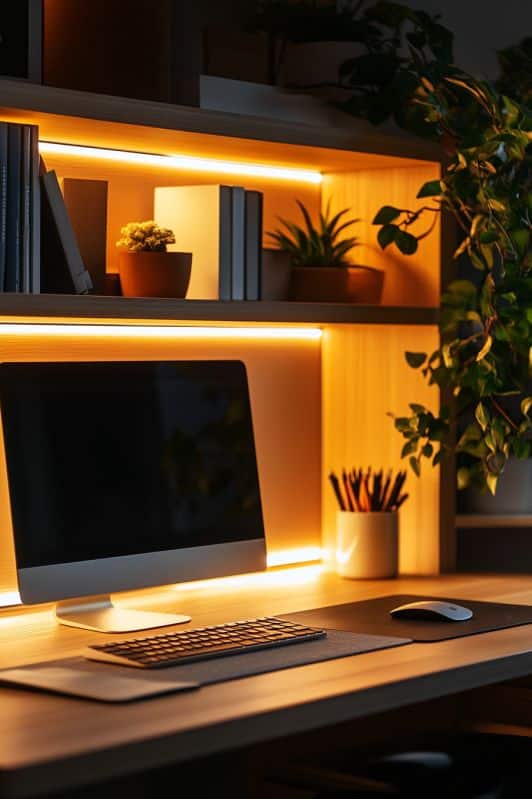
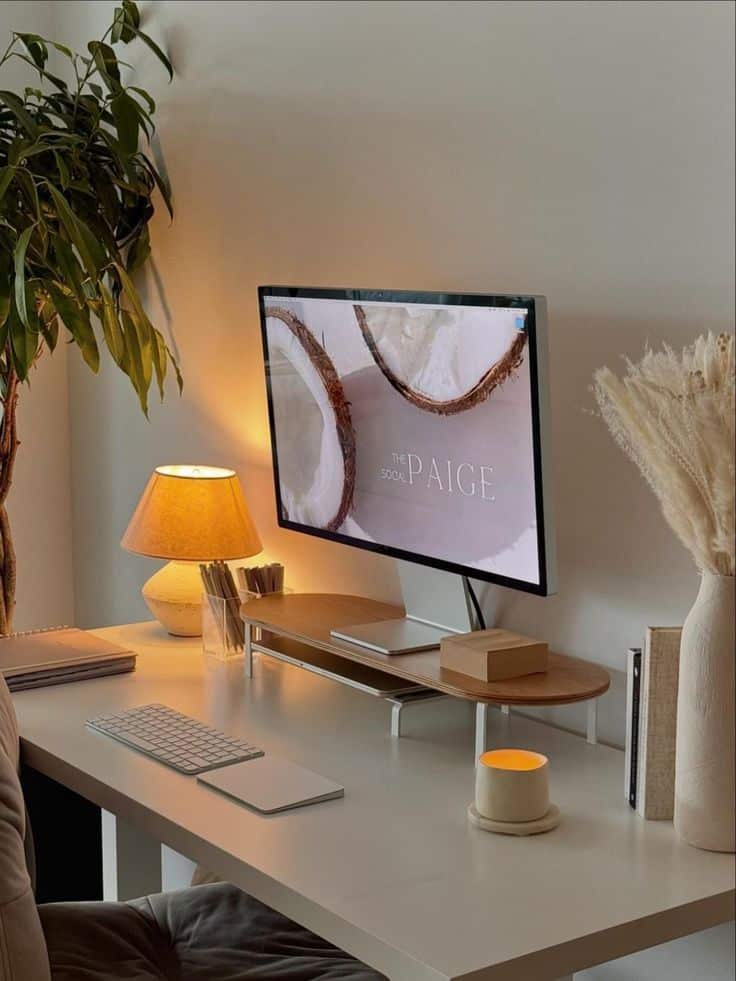
Good lighting reduces eye strain and keeps energy high. Natural light is best, so placing the desk near a window helps. When daylight fades, using layered lighting is effective.
A bright overhead light ensures even illumination. A task lamp with adjustable brightness and direction focuses light on the work area. Warm white bulbs avoid harsh glare but still provide clear detail.
Position lights to avoid shadows and screen reflections. Dimmers give control over brightness throughout the day. Using light colors on walls and surfaces enhances the room’s brightness by reflecting light.
Creative Layouts and Decor Ideas
A well-designed home office blends style with function. It balances colors, personal items, and smart storage to create a space that feels inviting and keeps work organized.
Inspiring Color Schemes
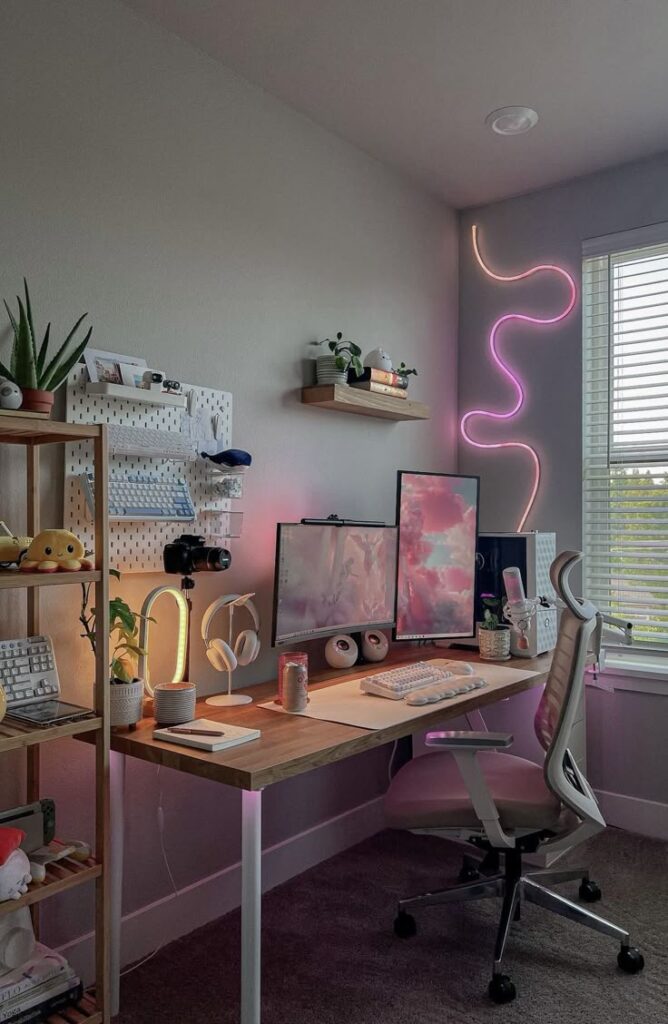
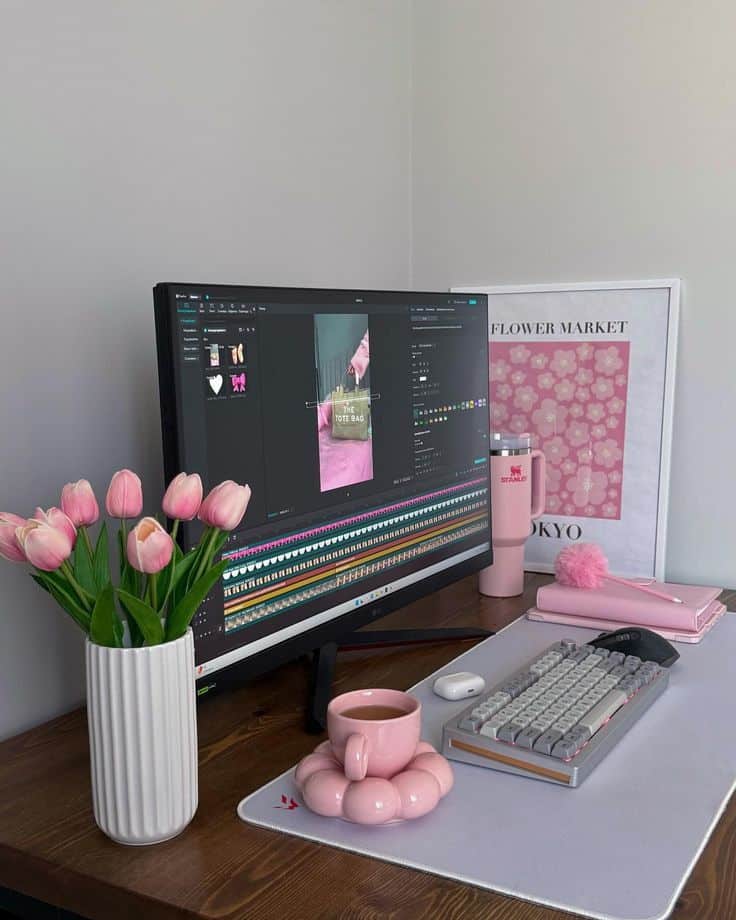
Choosing the right colors can brighten mood and boost focus. Soft blues and greens are calming and help concentration. Warmer tones like yellows and oranges can add energy and creativity to the room.
Using an accent wall with a bold color can make the space feel modern without overwhelming it. Neutral tones like white, gray, or beige provide a clean backdrop, letting other design elements stand out.
Mixing colors through furniture, rugs, or accessories helps to tie the room together. It can make the office look fresh and balanced while reflecting the user’s taste.
Incorporating Wall Art and Personal Touches

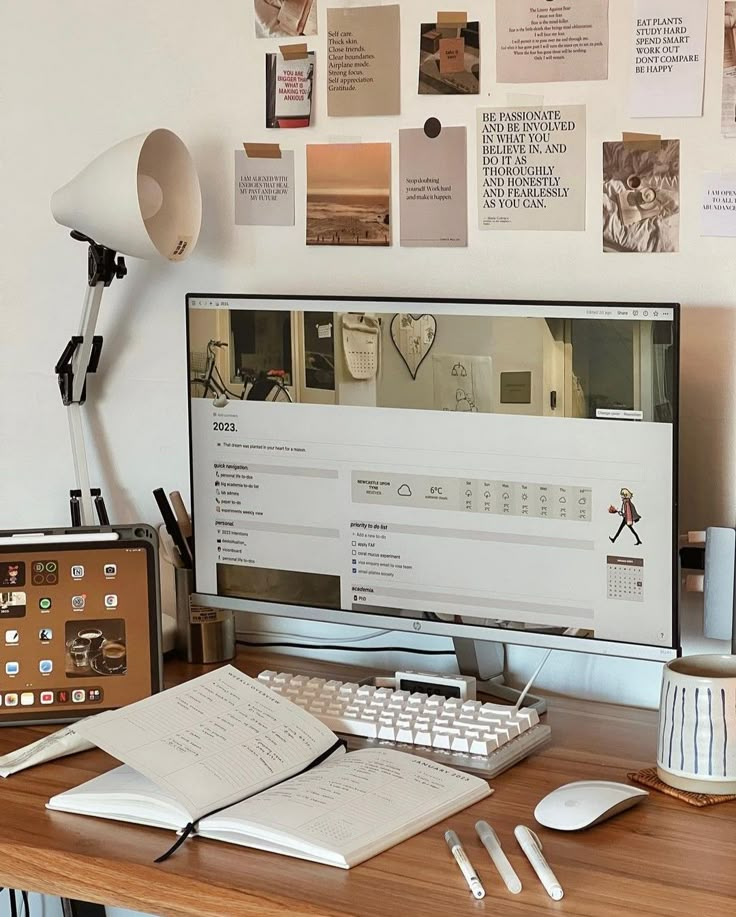
Wall art gives the room personality. Posters, prints, or framed quotes related to creativity inspire while working. Choosing pieces with bright colors or interesting shapes adds visual interest.
Personal touches like photos, plants, and unique decor items make the space feel cozy. Shelves or corkboards can display small collections or reminders that motivate and comfort.
Switching artwork according to seasons or moods keeps the space dynamic. It also allows easy updates without major changes to the room.
Functional Storage Solutions
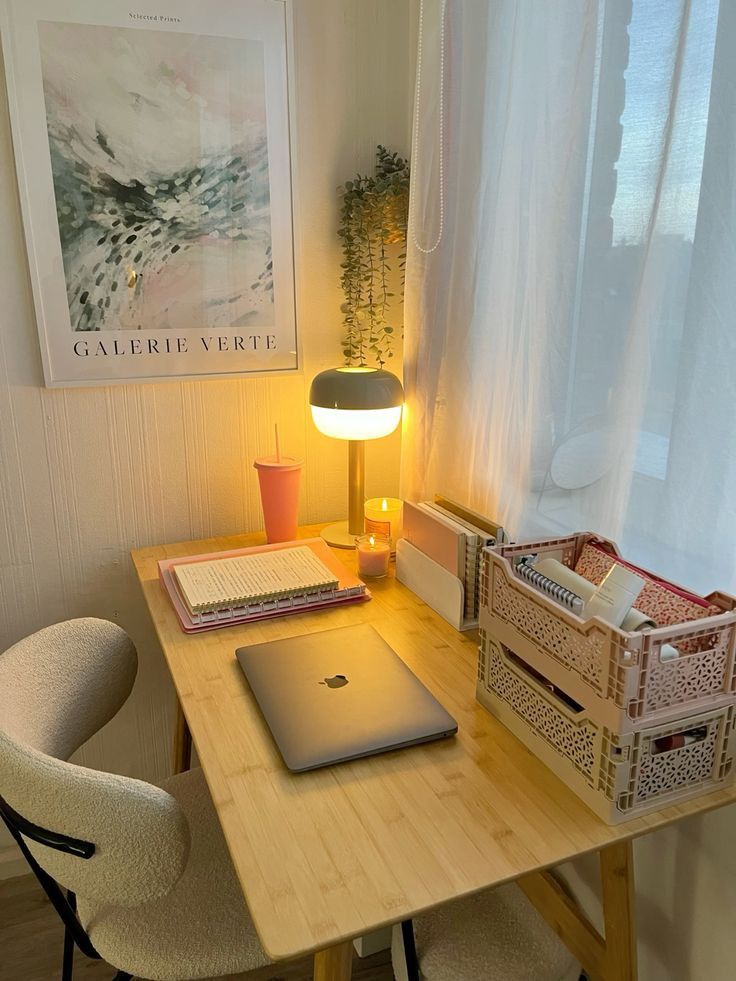
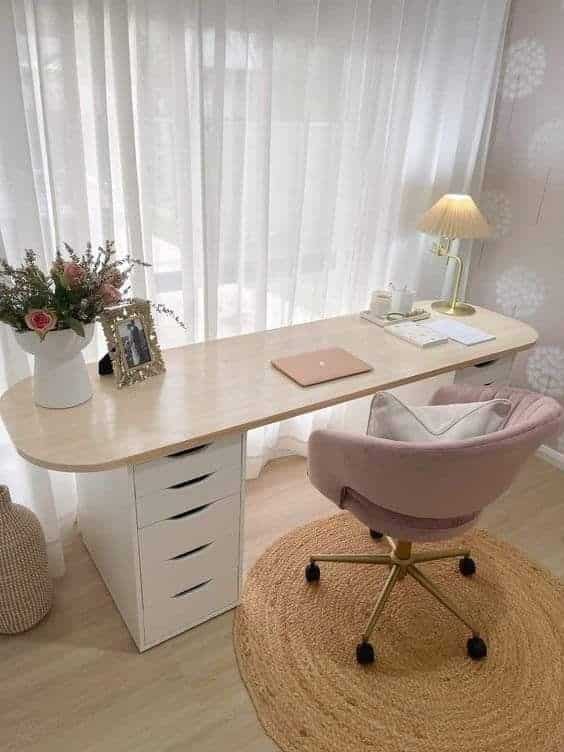
Good storage keeps clutter away and helps focus stay sharp. Open shelves show off books and small decor, while closed cabinets hide supplies neatly.
Using vertical space with wall-mounted organizers or pegboards frees up desk area. Labeling drawers or boxes saves time when searching for items.
Multi-use furniture, like desks with built-in shelves, adds storage without extra bulk. Clear containers or baskets can organize smaller tools simply and visibly.
Tech Integration for Modern Creatives
A well-designed home office blends practical tools with neat organization. Using the right gadgets can boost focus and creativity. Keeping cables tidy helps maintain a clean workspace and reduces distractions.
Essential Tech Tools and Gadgets
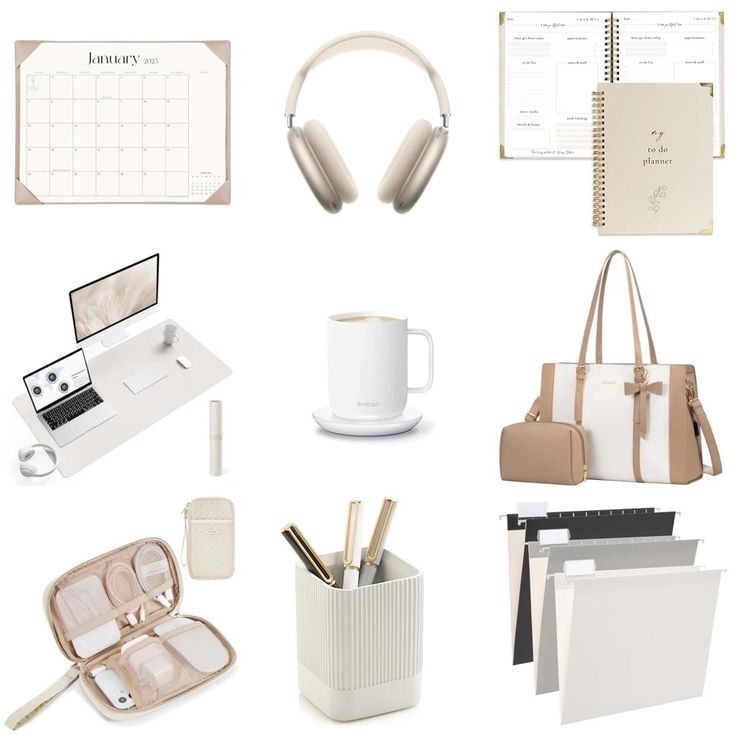
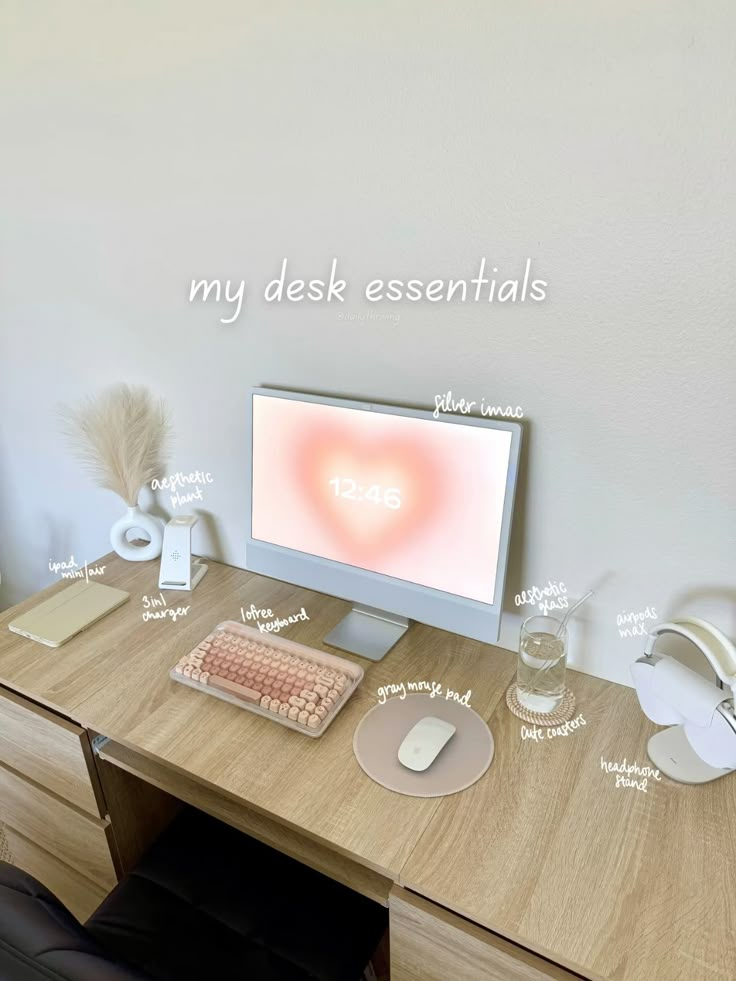
Modern creatives need tech that supports multitasking and creativity. A fast, reliable computer or laptop is key. Many choose a second monitor for better workflow and easier editing or design work.
Good headphones with noise cancellation help block out distractions. A quality microphone is important for clear meetings or recording. A smart assistant or hub can control lighting and music hands-free.
Useful gadgets include wireless chargers and adjustable desk lamps. Many use apps or devices that sync calendars, tasks, and notes for better productivity. The right tech tools make work smoother and more enjoyable.
Cable Management and Organization
Unorganized cables create clutter and can cause frustration. Using cable clips, sleeves, or boxes keeps wires neat and out of sight. This prevents tangles and makes cleaning easier.
Labeling cables helps quickly identify devices when unplugging or troubleshooting. Velcro straps or reusable ties are good options to bundle cables without damage.
Positioning power strips under the desk or behind furniture keeps plugs hidden. Organizing cables also improves safety by reducing tripping hazards and protects equipment from accidental unplugging. A tidy setup supports a clear mind.
Enhancing Creativity and Well-Being
Good home office design helps people stay focused and feel comfortable. Using certain design features can improve mood, reduce stress, and boost creative thinking.
Natural Elements and Biophilic Design
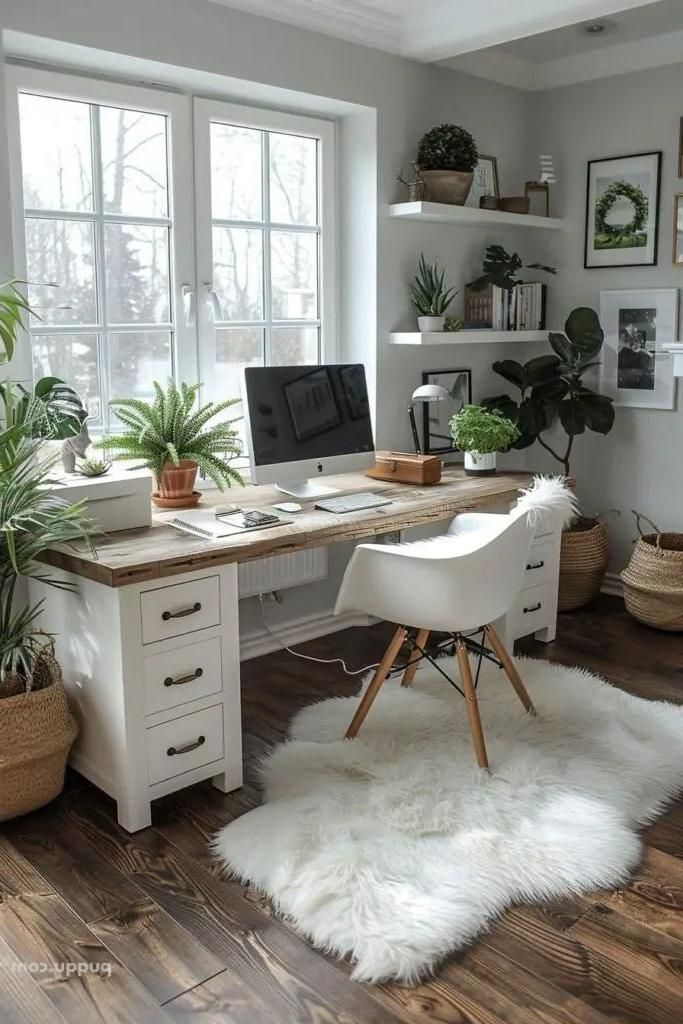
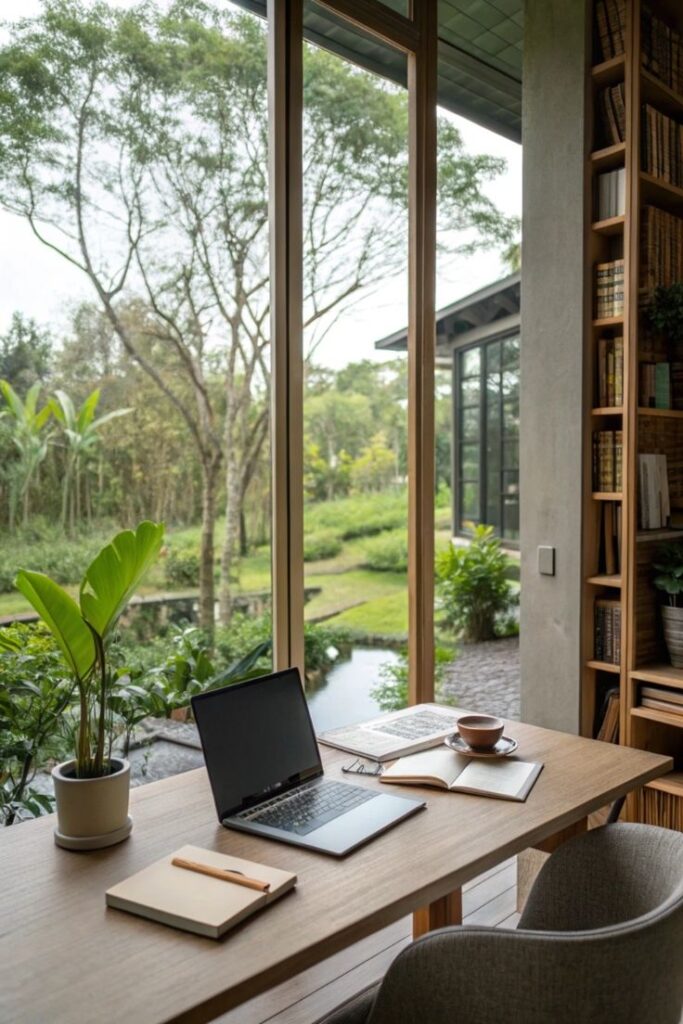
Adding plants or natural materials to a workspace can make the room feel calmer and fresher. Wood desks, stone accents, or green plants bring a bit of nature indoors. This connection to nature, called biophilic design, has been shown to lower stress and increase energy.
Natural light is also very important. Sitting near a window or using daylight bulbs helps regulate mood and sleep patterns. It supports better focus and keeps the space from feeling dull or gloomy.
Even small touches like nature-inspired artwork or a water feature can improve a person’s sense of well-being. These simple changes keep the office space lively and comfortable for longer creative work sessions.
Sound Control and Music Options
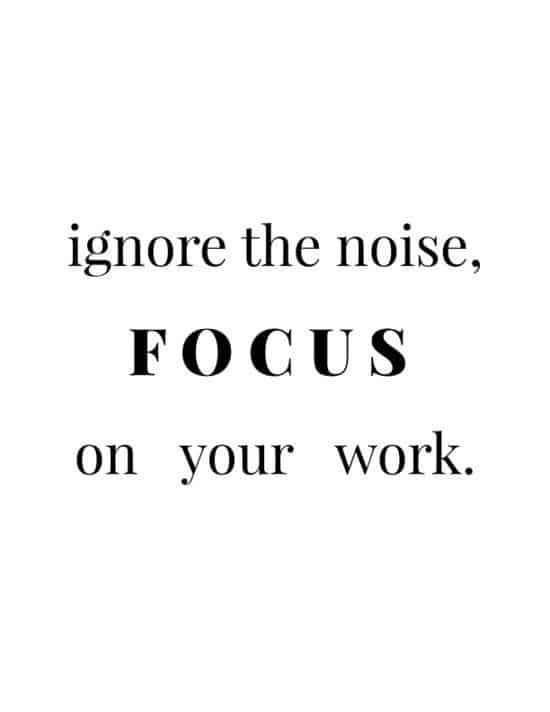
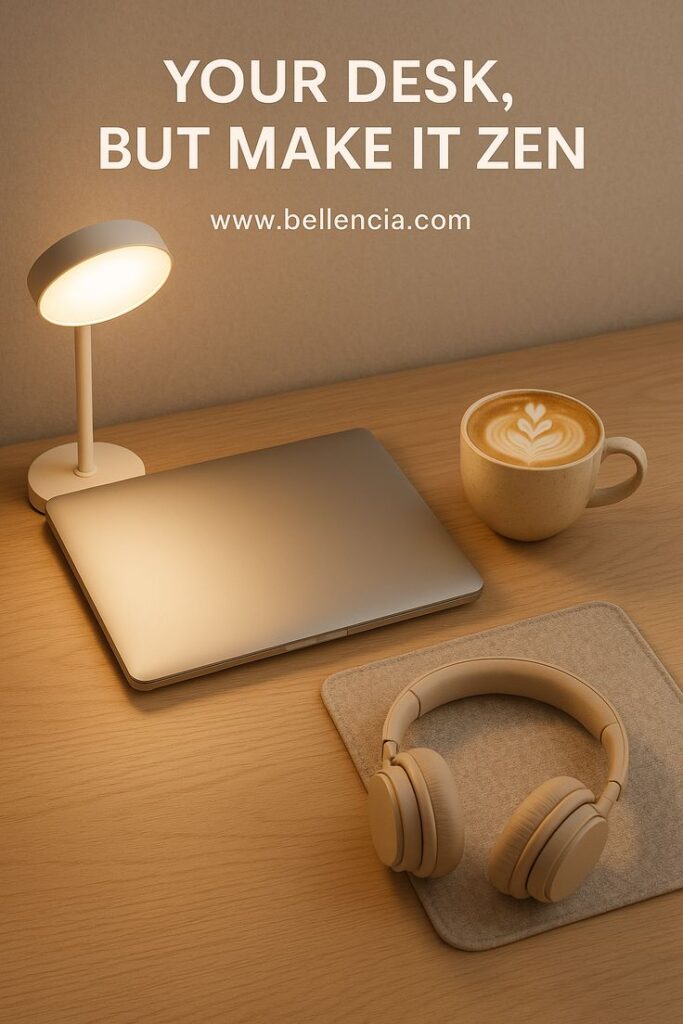
Controlling noise is key for a productive workspace. Loud sounds can be distracting, while complete silence might feel unnatural and uncomfortable for some. Using sound-absorbing panels, rugs, or curtains can lower unwanted noise.
Many people find soft background music helpful for creativity. Instrumental tunes or nature sounds like rain or birdsong can create a peaceful atmosphere without interrupting focus. Headphones with noise-canceling features also allow for personal control over sound.
It’s important to tailor sound choices to personal preferences. Some work best in quiet spaces, while others thrive with gentle music or ambient noise. Adjustments can help maintain concentration and make the home office a more pleasant place to work.
- 1.4Kshares
- Facebook0
- Pinterest1.4K
- Twitter1


